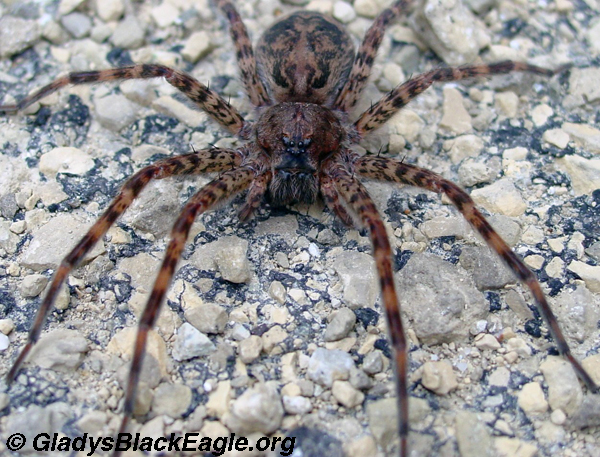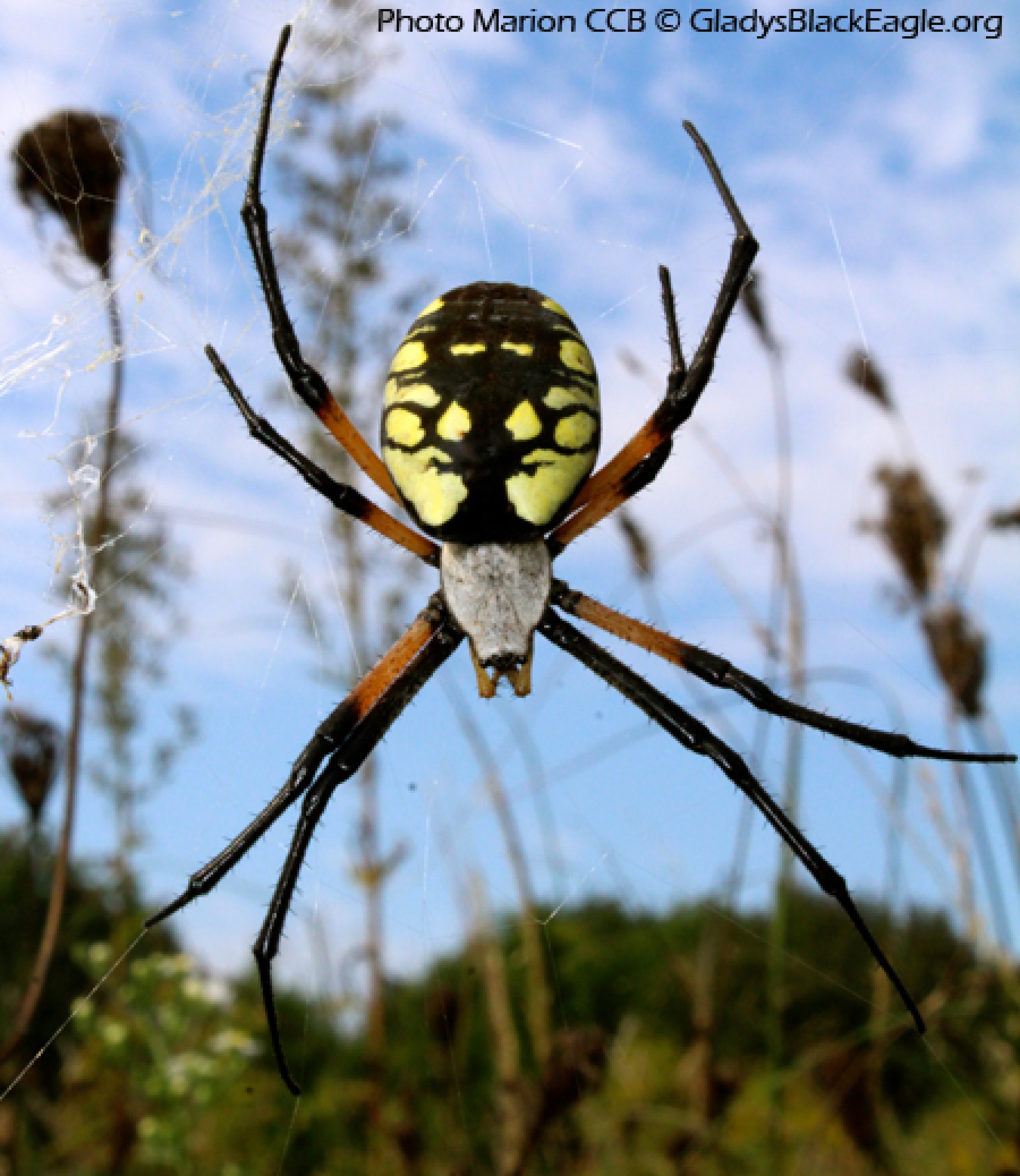What are you afraid of?
Marla Mertz, Marion County Conservation, and Linette Bernard, Feathers & Ink
Fears
Fear is an adaptive mechanism that may be part of our evolutionary inheritance. Fear produces a protective response needed for survival. We are not born (as far as we know) afraid of things like crossing the road, hot stoves, snakes, or bats. The development of fear is a learned behavior and can be altered as we learn more about that fear-producing object or situation.
Fears are learned behaviors that can help us grow and survive. Most early childhood fears are outgrown. They may disrupt life for some time, but mastery over them usually replaces anxiety. However, if the fears are not confronted and understood, phobias may develop which may seriously impact personal growth and life experiences.
Those folks who are encouraging you to spend time in the outdoors are most concerned about fears of things in the outdoors. Animals are often feared out of ignorance. This ignorance can produce myths that encourage and support irrational fears and destructive actions toward the sources of the fear. We also know that when children and adults learn the truth concerning the animal or other fear-producing outdoor situation and participate in activities to help deal with fears, anxieties are reduced. The fear can be replaced with respect or other, even stronger positive emotions. This is very positive not only for the individual, but the resource as well.
Strategies for Combating Fear
Remember that young children often have trouble separating reality and fantasy. No matter the cause of their anxiety, it is real to the child. The fear has been learned. If your child has fears (others with fears), help them learn the facts that replace the misinformation and superstition and fear can be unlearned.
Fears seem to be learned in three ways:
-
- By imitating the reactions of others,
- By associating the fear-producing agent, in some way, with danger, or
- By receiving some positive reinforcement for the fearful behavior.
Knowing how fears are developed can help us create situations where fear can be unlearned. Modeling, for example, often happens without conscious intention. When a child’s fear of snakes imitates a parent’s response, an opportunity to see other people react differently can be very valuable. Giving alternative ways to react to a fear-producing agent can be helpful. Knowledge about snakes learned from direct observation, even at a comfortable distance, can also help relieve anxiety and encourage different, non-fearful ways of reacting to them.
New associations can replace fearful associations when children are given opportunities to build them. Children are often fascinated by what they fear. For example, your child may watch the same scary movie over and over again until they have control over the scary situation.
The payoff for having mastery over something feared is greater self-esteem and confidence. Care must also be taken not to provide positive reinforcement for any fearful behavior. A child who receives positive attention may solidify fearful behavior into a chronic problem.
What if you suspect your child has anxiety or fear about plants, animals, or something in the outdoors? After you've spent some time outside with your child, ask them to draw, journal, or simply list the things they love and the things that are scary or they hate. Talk with them about their fears; learn with them the facts about what is feared.
Books that may help you talk with children about fear:
- Where the Wild Things Are by Maurice Sendak
- Hug a Tree by Rockwell, Sherwood, and Williams
- Coyote Cry by Byrd Baylor
- Animal Fact / Animal Fable by Seymour Simon
- Fox Eyes by Margaret W Brown
- The Unhuggables by Victor H. Waldrop et al
- Stellaluna by Janell Cannon
- Hey, Little Ant by Phillip and Hanna Hoose
Talking about monsters and other fears
- Discuss with your child(ren) those things and situations that have caused them to be afraid or anxious or share one of the books listed above to start the conversation. What do they think is "yucky?" Talk about why they feel this way. Share your own experiences. Encourage your child to draw the things that they are afraid of...
- Based on your discussion, help your child research any animals they are fearful of to learn to separate truth from fable. Check the Learn More page of this site for reliable links.
- Based on your discussion, pick a place to start an exploration where you might encounter a scary animal. Potentially uncomfortable situations should be discussed and any necessary safety measures planned before the exploration begins. What do your children find that is scary or is feared? When something is found, share with everyone. Talk about what you see, relate back to what you learned researching that animal. This is the time to help them understand the difference between reality and imagination. For example, most know that spiders can be dangerous. A spider in its web is not. That spider can viewed with a magnifier or a digital camera (zoom lenses are great!). You could also use a bug box or a jar for viewing. Remember to gently return the spider where it was found. This is also a great time to separate the feeling of surprise from fear. No one likes to be startled by something unexpected like feeling a spider's web on your face or arm. Surprise is different, and often to be expected, from being afraid of spiders in general.
- Afterward, talk about the difference knowledge can make in your feelings about exploring the environment. Ask if there is a difference in their feelings after your exploration.
- Start planning your next "monster" encounter!
As the moon illuminates the night sky, it seems that everyone is sleeping, but the woodlands are very much alive. The silent flyers and soft steppers creep through the night, unheard, hunting and following the moonlight. Owls, bats, opossums, and raccoon are just a few of the animals that hold safe the secrets of the night.
You can also use the photos in the Unhuggables photo album (opens in Google Photos) as discussion starters!

The “Fears” text was adapted from a booklet of the same name produced by the Iowa Conservation Education Coalition in 1987.
published Tuesday, July 2, 2019



